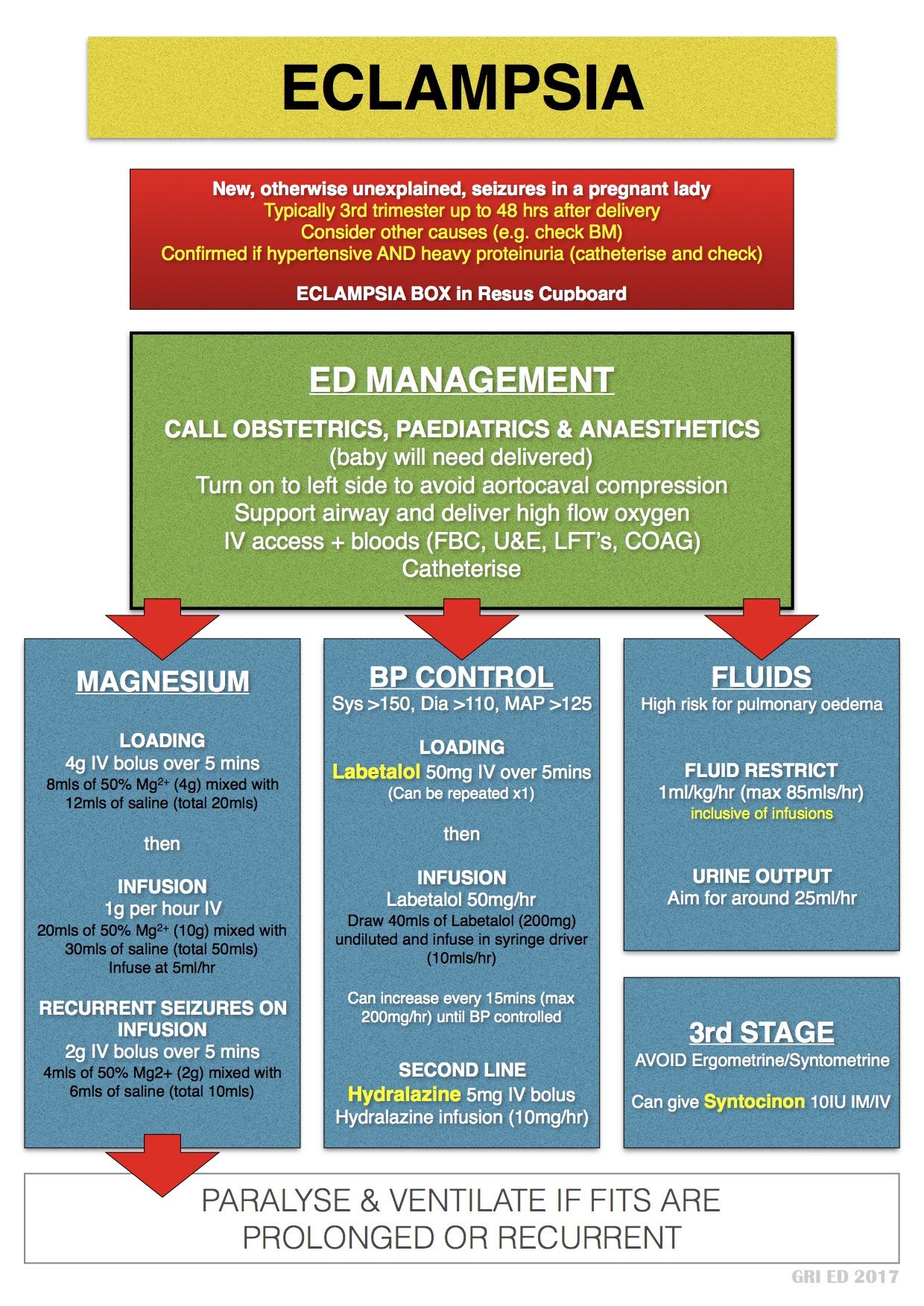Unexplained Seizures in Infants: Diagnosis and Causes of Neonatal Seizures
What are the common causes of seizures in newborns. How do doctors diagnose seizures in infants. What tests may be performed to identify the underlying cause of neonatal seizures. What are the signs and symptoms of different types of baby seizures. How should caregivers respond when an infant experiences a seizure.
Understanding Neonatal Seizures: Causes and Risk Factors
Neonatal seizures are a serious neurological condition that can affect newborns and infants. These seizures occur when there is an abnormal burst of electrical activity in the brain, leading to various symptoms and potential complications. Understanding the underlying causes and risk factors is crucial for proper diagnosis and management.
Common causes of seizures in newborns include:
- Lack of oxygen during birth (hypoxic-ischemic encephalopathy)
- Infections (meningitis, encephalitis)
- Intracranial hemorrhage
- Abnormal brain development in utero
- Genetic disorders
- Metabolic disturbances
- Febrile seizures (in older infants)
Can vitamin deficiencies cause seizures in newborns? In rare cases, a deficiency of vitamin B6 (pyridoxine) can lead to seizures in infants. This condition is known as pyridoxine-dependent epilepsy and can be diagnosed through vitamin B6 supplementation or EEG monitoring during vitamin administration.
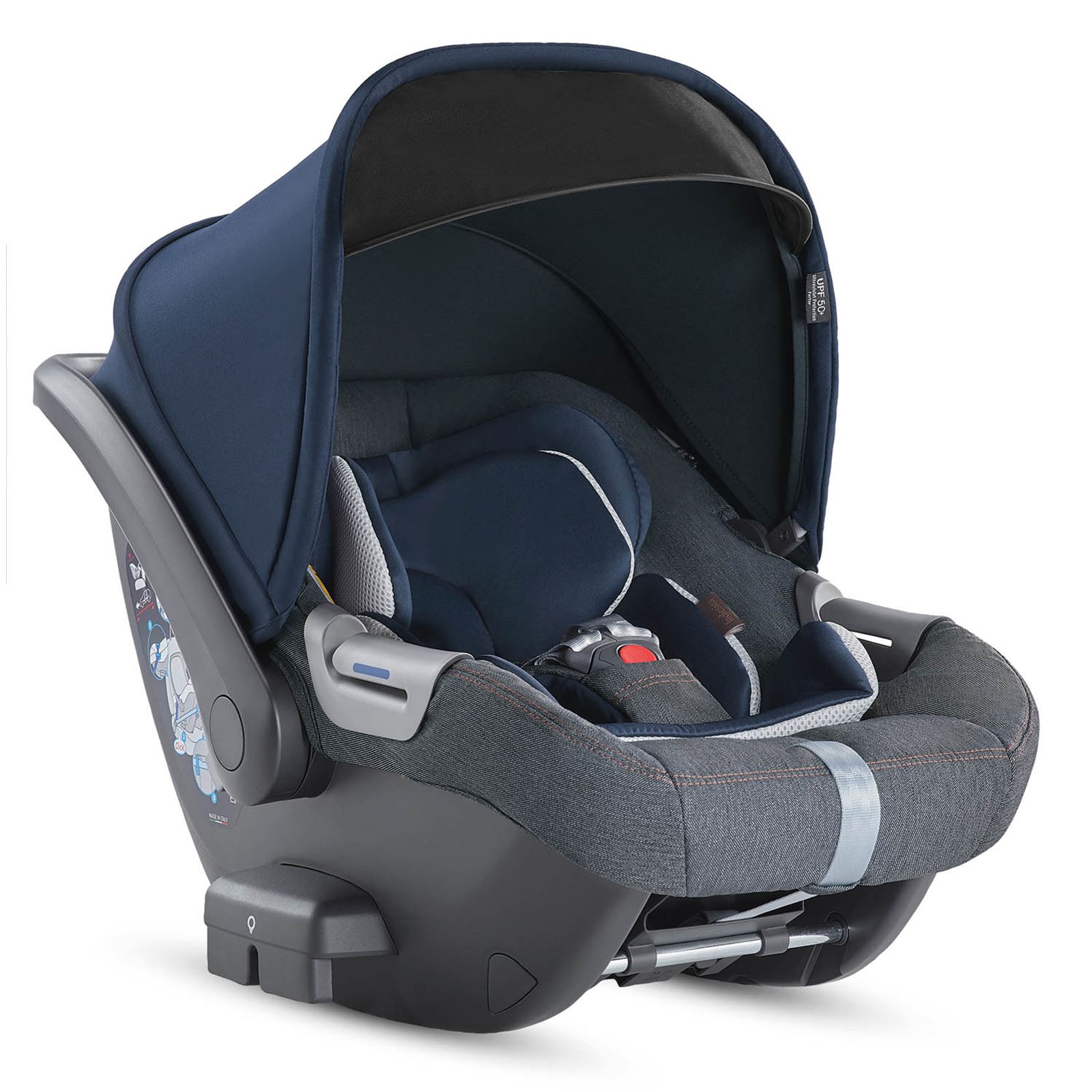
Diagnostic Approaches for Identifying Seizures in Infants
Diagnosing seizures in newborns and infants can be challenging, as the symptoms may be subtle or mimic normal movements. Pediatric neurologists employ various diagnostic tools and techniques to identify the presence and cause of seizures.
Key Diagnostic Tests for Neonatal Seizures
The following tests may be performed to diagnose and determine the underlying cause of seizures in infants:
- Magnetic Resonance Imaging (MRI): This imaging technique helps identify structural abnormalities in the brain. An MRI with a special epilepsy protocol may be used for more detailed analysis.
- Electroencephalogram (EEG): An EEG records the brain’s electrical activity and can detect abnormal patterns associated with seizures.
- Blood and Urine Tests: These tests help identify chemical imbalances, metabolic disorders, or other systemic issues that may contribute to seizures.
- Genetic Testing: Chromosomal studies can reveal genetic disorders associated with seizures.
- Lumbar Puncture: Also known as a spinal tap, this procedure allows doctors to analyze cerebrospinal fluid for signs of infection or metabolic disorders.
Why might doctors repeat an MRI scan in infants with seizures? If an initial MRI appears normal, doctors may recommend repeating the scan around 1 year of age. This is because some brain abnormalities may not be visible in the first few months of life but can become apparent as the infant’s brain develops.
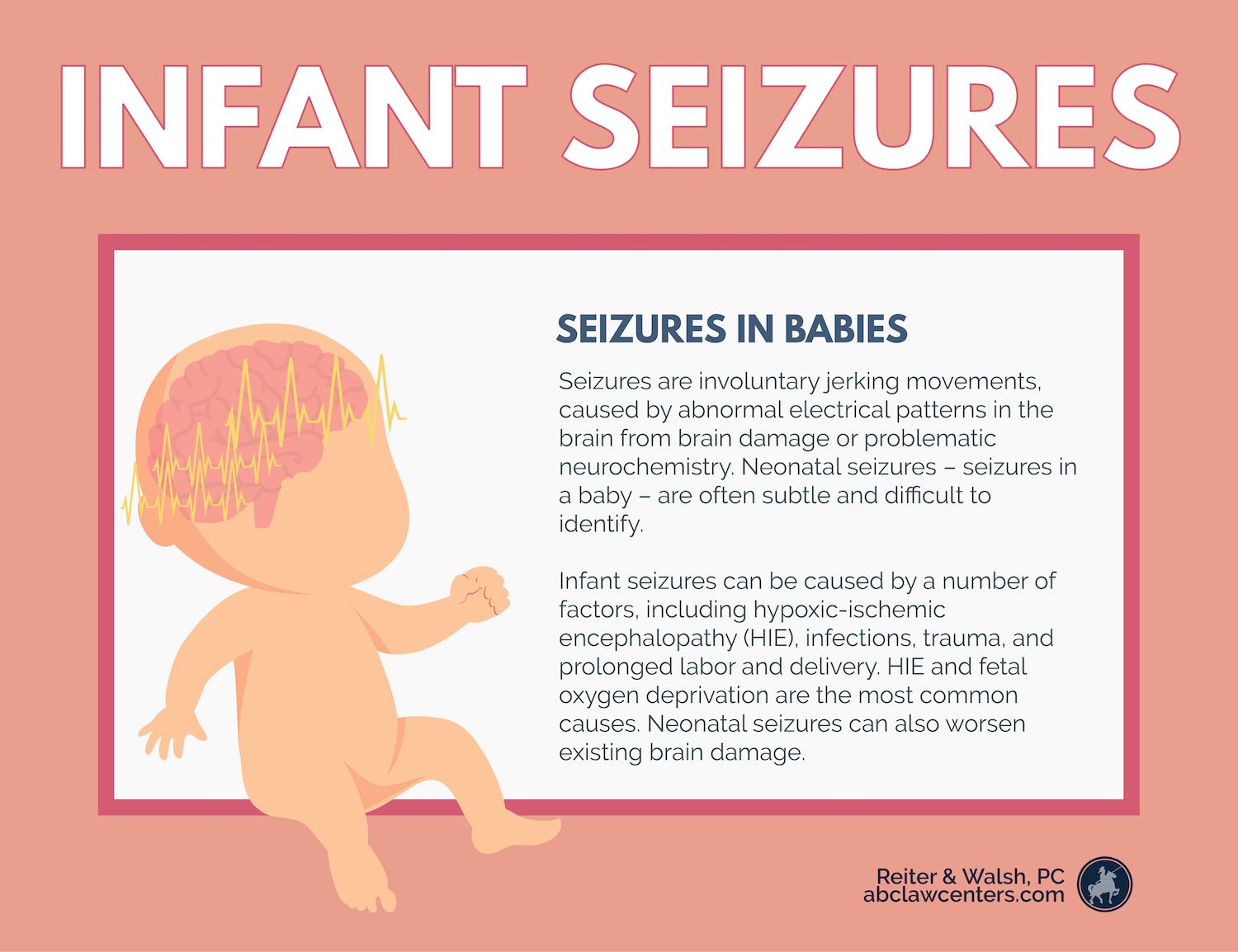
Recognizing Different Types of Seizures in Babies
Seizures in infants can manifest in various ways, depending on the type and location of abnormal electrical activity in the brain. Recognizing these different types of seizures is essential for proper diagnosis and treatment.
Subtle Seizures
Subtle seizures are the most common type in newborns and can be challenging to identify. Symptoms may include:
- Eye-rolling, blinking, or staring
- Uncontrolled eye movements
- Tongue protrusion
- Cycling movements of the legs
- Abnormal breathing patterns
Tonic Seizures
Tonic seizures involve muscle stiffness and may present as:
- Generalized body stiffening
- Awkward positioning of arms and legs
- Head or eyes fixed to one side
Clonic Seizures
Clonic seizures are characterized by repetitive, jerking movements, such as:
- Twitching of the face, tongue, arms, or legs
- Rhythmic clenching of muscles
Tonic-Clonic Seizures
Tonic-clonic seizures combine elements of both tonic and clonic seizures. They typically begin with a tonic phase (stiffening) followed by a clonic phase (jerking).

How can parents differentiate between normal infant movements and seizures? It can be challenging to distinguish between typical baby movements and seizures, especially subtle seizures. Parents should look for unusual patterns, repetitive movements, or changes in consciousness. When in doubt, it’s best to consult a pediatrician or neurologist.
Responding to Infant Seizures: First Aid and Emergency Care
When a baby experiences a seizure, quick and appropriate action is crucial. While it can be a frightening experience for parents and caregivers, knowing how to respond can help ensure the baby’s safety and facilitate proper medical care.
Steps to Take During a Baby Seizure
- Remain calm and note the time the seizure begins
- Place the baby on a soft, flat surface away from any potential hazards
- Gently turn the baby onto their side to prevent choking
- Do not put anything in the baby’s mouth or try to restrain their movements
- Observe and record the characteristics of the seizure (duration, type of movements, affected body parts)
- Call emergency services if the seizure lasts longer than 5 minutes or if it’s the baby’s first seizure
Should parents attempt to stop a seizure in progress? It’s important not to try to physically stop the seizure or restrain the baby. Instead, focus on ensuring their safety and observing the seizure characteristics to report to medical professionals.
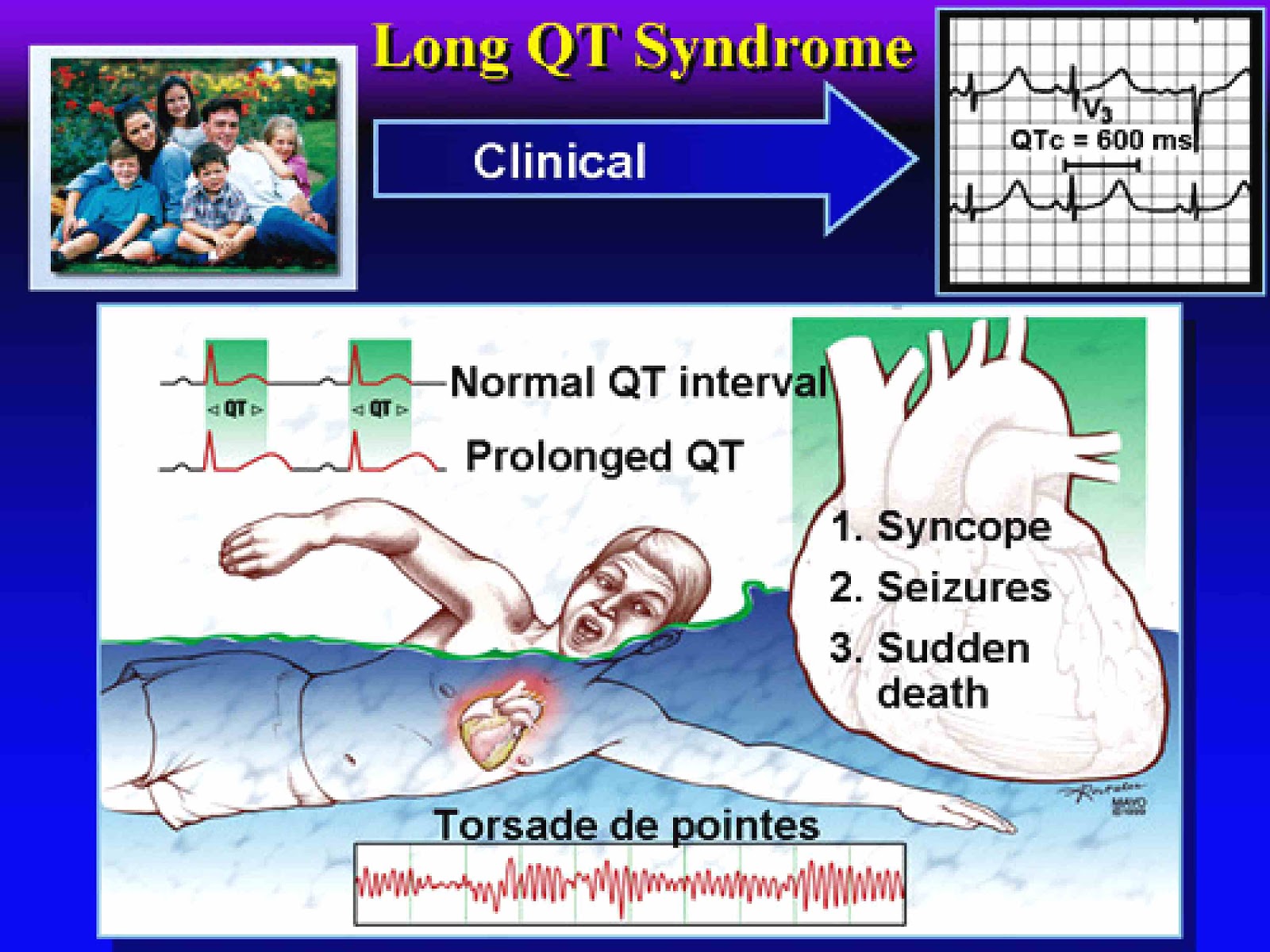
Treatment Options for Neonatal Seizures
The treatment of seizures in newborns and infants depends on the underlying cause and the severity of the seizures. A comprehensive treatment plan may involve various approaches.
Medication-Based Treatments
Anticonvulsant medications are often the first line of treatment for neonatal seizures. Common medications include:
- Phenobarbital
- Levetiracetam
- Phenytoin
- Benzodiazepines (for acute seizure management)
Addressing Underlying Causes
Treatment may also focus on addressing the root cause of seizures, such as:
- Antibiotics for infections
- Vitamin supplementation (e.g., pyridoxine for B6 deficiency)
- Correction of metabolic imbalances
- Surgical interventions for structural brain abnormalities
Neuroprotective Strategies
In cases of hypoxic-ischemic encephalopathy, therapeutic hypothermia (cooling) may be used to protect the brain from further damage.
How long do infants typically need to be on antiepileptic medications? The duration of treatment varies depending on the underlying cause and the infant’s response. Some babies may need short-term treatment, while others might require long-term medication management. Regular follow-ups with a pediatric neurologist are essential to monitor progress and adjust treatment as needed.

Long-Term Outlook and Developmental Considerations for Infants with Seizures
The long-term prognosis for infants who experience seizures can vary significantly depending on several factors, including the underlying cause, the type and frequency of seizures, and how quickly treatment is initiated.
Potential Long-Term Effects
Some infants may experience long-term effects such as:
- Developmental delays
- Cognitive impairments
- Motor skill difficulties
- Learning disabilities
- Behavioral problems
Importance of Early Intervention
Early diagnosis and treatment of neonatal seizures can significantly improve outcomes. This may include:
- Regular neurological check-ups
- Developmental assessments
- Early intervention programs (physical therapy, occupational therapy, speech therapy)
- Special education services if needed
Can infants outgrow seizures? Some infants, particularly those with febrile seizures or certain benign forms of epilepsy, may outgrow their seizures as they get older. However, this depends on the underlying cause and individual factors. Regular follow-ups with a pediatric neurologist are crucial to monitor progress and adjust treatment plans accordingly.

Advances in Neonatal Seizure Research and Future Directions
The field of neonatal seizure research is rapidly evolving, with new insights and treatment approaches emerging. These advancements offer hope for improved outcomes and more targeted therapies for infants affected by seizures.
Emerging Research Areas
- Precision medicine approaches based on genetic profiles
- Novel antiepileptic drugs with fewer side effects
- Advanced neuroimaging techniques for earlier and more accurate diagnosis
- Neuroprotective strategies to minimize brain damage during seizures
- Biomarkers for predicting seizure risk and treatment response
Potential Future Treatments
Researchers are exploring innovative treatment options, including:
- Gene therapy for genetic epilepsies
- Neuromodulation techniques adapted for infants
- Stem cell therapies to repair brain damage
- Targeted drug delivery systems to minimize systemic side effects
How might advances in neuroimaging impact neonatal seizure management? Improved neuroimaging techniques could lead to earlier detection of brain abnormalities, allowing for more timely interventions. Additionally, functional neuroimaging may help identify seizure foci more accurately, potentially guiding more targeted treatments or surgical interventions when necessary.

As research in neonatal seizures continues to progress, it offers hope for improved diagnostic accuracy, more effective treatments, and better long-term outcomes for affected infants. Parents and healthcare providers should stay informed about these advancements and discuss how they might apply to individual cases. While the journey of managing neonatal seizures can be challenging, ongoing research and medical advancements provide reasons for optimism in the field of pediatric neurology.
Diagnosis of Seizures in Newborns
What Are Some Common Causes Of Seizures In Newborns?
Specially trained doctors called pediatric neurologists try to identify the cause of seizures in newborns and infants. Commonly recognized causes of epilepsy before the age of 1 year include:
- Newborn illnesses (lack of oxygen, infection, hemorrhage, etc.)
- Abnormal brain development in the womb
- Genetic disorders
- Encephalitis (an infection of the brain)
- Meningitis (an infection of the membranes covering the brain)
- Febrile illness related seizures (febrile seizures)
What Type Of Tests May Be Done?
Depending on the baby’s medical history and examination results, the doctor may order a variety of tests or procedures to look for:
- Structural abnormalities in the brain, using magnetic resonance imaging (MRI) of the head with a special epilepsy protocol
- Abnormal background or electrical activity in the brain, using an EEG
- Chemical disorders or metabolic problems, using a variety of blood or urine tests
- Genetic disorders, using chromosomal studies
- Evidence of infection or metabolic disorders, or chemical disorders using a spinal tap (lumbar puncture)
The best test to look for abnormalities in the structure of the brain is MRI. If an infant’s MRI scan looks normal during the first few months of life, the doctor is likely to repeat it later because some abnormalities that were not visible earlier may show up around 1 year of age.
If an infant’s MRI scan looks normal during the first few months of life, the doctor is likely to repeat it later because some abnormalities that were not visible earlier may show up around 1 year of age.
The lumbar puncture, which is done to obtain a sample of cerebrospinal fluid, is safe and not very painful. The baby’s worst crying usually comes when the doctor cleans the skin with a cool antiseptic solution. An anesthetic cream can be used to anesthetize the skin. Intravenous sedation is sometimes used.
Tell Me More About Causes Of Seizures…
- In many cases no cause can be found. Brain injuries causing seizures may be impossible to pinpoint, especially injuries occurring in the womb or those associated with only microscopic damage. For example, seizure disorders in infancy may result from a viral infection in the mother during pregnancy that is undetectable with our current tests—though nearly all pregnant women who have mild viral infections have perfectly healthy babies.

- Once in a great while, seizures in newborns and infants are caused by a deficiency of vitamin B6 (pyridoxine). It is important to recognize the deficiency because it is a very treatable cause of seizures. The diagnosis can be established by seeing whether the seizures improve when vitamin B6 is given by mouth, or by recording the EEG while injecting vitamin B6. An improvement in the EEG patterns indicates a vitamin B6 deficiency.
Authored By:
James W. Wheless MD
Joseph I. Sirven MD
Reviewed By:
Joseph I. Sirven MD | Patty Osborne Shafer RN, MN
on Monday, August 26, 2013
Signs, what to do, causes, and treatment
Baby seizures occur when an unusual burst of electrical activity occurs between neurons, or brain cells, in a baby’s brain. Signs and symptoms include eye rolling, clenching of muscles, and keeping the head or eyes to one side. Seizures can stem from an infection and other causes.
Causes may include brain injury, infection, and underlying health conditions, such as cerebral palsy. A baby’s risk of fever-related seizure is highest when they are younger than 18 months.
A baby’s risk of fever-related seizure is highest when they are younger than 18 months.
Sometimes, it is difficult for parents or caregivers to notice seizures in babies and young children, as they can be subtle. However, common signs include loss of consciousness and jerking of the arms and legs.
Read on to learn more about the signs and symptoms of a baby seizure and treatment.
The symptoms a baby experiences depend on the type of seizure they have.
Subtle seizures
These types of seizures are most common in the newborn period. However, these signs may resemble usual, everyday movements and may be difficult to spot. Symptoms of subtle seizures can include:
- eye-rolling, blinking, staring
- uncontrolled eye movements
- protruding tongue
- leg cycling
- long pauses between breaths
Tonic seizures
Tonic means muscle stiffness. When a baby experiences a tonic seizure, they may:
- completely stiffen
- bend and hold their arms and legs in awkward positions
- keep their head to one side
- keep their eyes to one side
Clonic seizures
Clonic means twitching or jerking, so when a baby has a clonic seizure, they may display repeated, uncontrolled jerking muscle movements.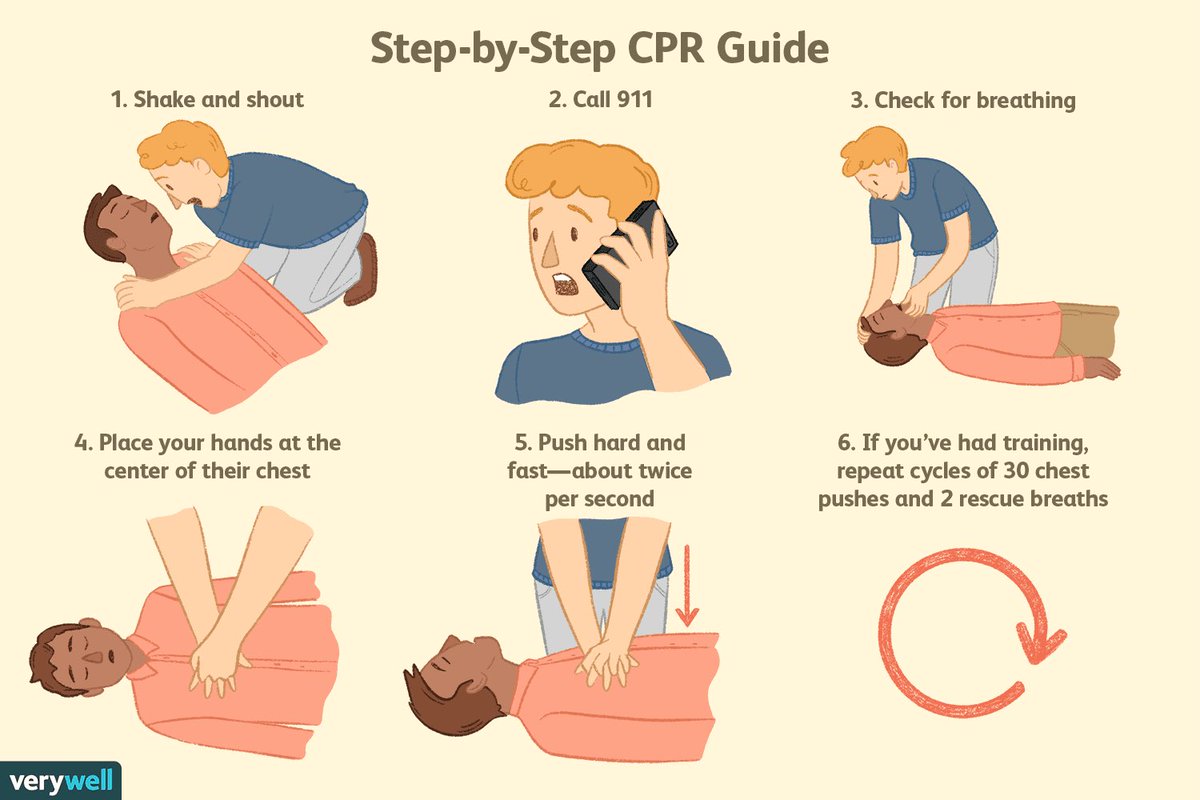
During this seizure, a parent or caregiver may notice the baby is clenching or twitching parts of its body, including:
- face
- tongue
- arms
- legs
- hands
Tonic-clonic seizures
This refers to a type of seizure that starts with stiffening (tonic phase) followed by jerking (clonic phase). Therefore, a person may observe symptoms of a tonic seizure followed by signs of a clonic seizure.
Learn more about seizures here.
According to The National Institute of Neurological Disorders and Stroke, when a baby is having a seizure, it is crucial to keep them away from any hard objects to reduce the risk of injury. When the area is safe, roll them onto their side to prevent choking.
Do not put anything in the baby’s mouth or try to stop any mouth movements, such as tongue biting, as this can injure the baby.
Call 911, or take the baby to an emergency room if they are:
- struggling to breathe
- turning blue
- experiencing symptoms for longer than 5 minutes
Learn what a seizure looks like here.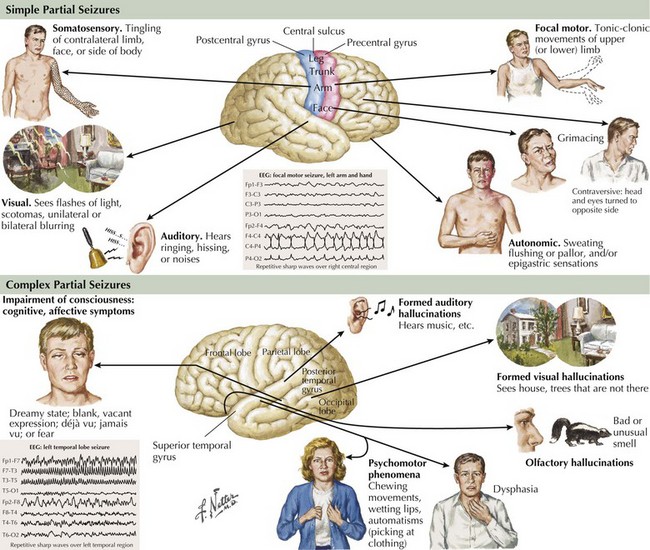
Seizures are the most common neurological emergency in the first 4 weeks of a baby’s life. As many as 1–5 babies per 1,000 experience a seizure. Some seizures only last a few minutes and occur once, leaving no lasting damage.
When a baby experiences frequent seizures, they must receive treatment to prevent brain damage. Brain damage occurs due to the frequent disruption of brain oxygen levels and excessive brain cell activity.
Learn more about seizures in babies here.
Sometimes, when babies show signs of a seizure, they are demonstrating healthy reflexes.
Moro reflex
The Moro reflex, or startle, reflex is a healthy part of a baby’s development. If a baby hears a loud sound or senses a sudden movement, they may throw their head back and suddenly stiffen and extend their arms. Parents or caregivers should not worry when they notice this behavior. Babies tend to outgrow this reflex at 3–6 months.
Tonic neck reflex
The tonic neck reflex is a movement where a baby looks to the side with one arm extended and the other bent; it may look like they are imitating holding a sword or firing an arrow.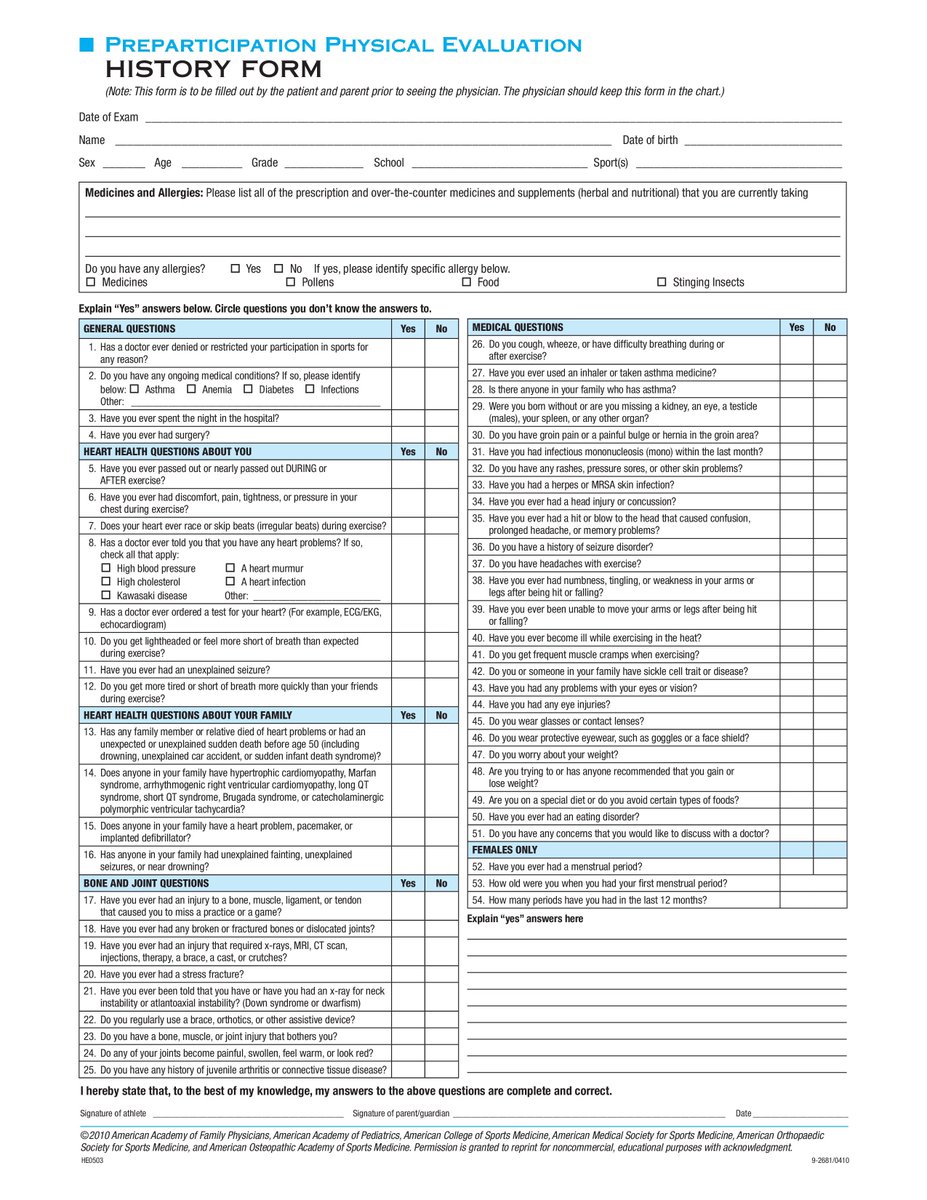 This primitive reflex first develops in the womb and helps the baby coordinate their eyes and control fine movement. Babies may demonstrate this reflex up to 9 months old.
This primitive reflex first develops in the womb and helps the baby coordinate their eyes and control fine movement. Babies may demonstrate this reflex up to 9 months old.
However, while this reflex presents with signs such as eye-rolling, lip-smacking, and leg pedaling movements, these are normal movements, particularly in newborns. It is worth noting that this reflex does not present with characteristic features of a seizure, such as jerking or stiffening.
There are many causes of seizures in babies. Some may occur due to an event such as a head injury, while others could be symptoms of an infection or an underlying health condition.
Some causes of baby seizures include:
Viral and bacterial infections
Viral encephalitis causes brain inflammation and seizures. Common viruses, such as the flu, can cause a baby’s temperature to rise, increasing their risk of a febrile seizure. Bacterial infections, in particular, Group B strep bacteria can cause meningitis in babies, which can present with seizures.
Learn about the differences between viral and bacterial infections here.
Febrile seizures
Sometimes babies that have a fever or high body temperature may develop a febrile seizure. They typically only last a few minutes and occur most often in young children, roughly between 6 months and 5 years.
Signs of a febrile seizure include:
- losing consciousness
- uncontrollable shaking in the arms and legs
- eye-rolling
- twitching in the arms and legs
Learn more about febrile seizures here.
Hydrocephalus from brain injury
When a baby has hydrocephalus, cerebrospinal fluid (CSF) applies pressure on the brain. It is a common condition and can also occur on its own in the womb. If a doctor uses forceps or vacuum extractors to help deliver the baby, this may injure the head and cause CSF to accumulate on the brain.
Learn more about CSF here.
Cerebral palsy
Seizures are a common symptom of cerebral palsy. If a baby has cerebral palsy, they will find it difficult to control muscle. Researchers are unsure of the exact cause of cerebral palsy. However, they do know it occurs in some babies that do not receive enough oxygen.
If a baby has cerebral palsy, they will find it difficult to control muscle. Researchers are unsure of the exact cause of cerebral palsy. However, they do know it occurs in some babies that do not receive enough oxygen.
Learn more about cerebral palsy here.
Other causes
Other causes of baby seizures include:
- low blood sugar
- epilepsy
- stroke
- brain bleed
- brain tumor
Learn more about epilepsy in children here.
To find out what is causing the seizure, a doctor may run an electroencephalogram (EEG). This is a test that measures electrical activity in the brain. They may do this in the emergency room or as a separate appointment.
To prepare for the EEG, a doctor places metal discs on the baby’s head that detect and record their brain’s electrical impulses.
A baby may need several EEGs, so a doctor can see what their brain activity is like between seizures.
Some conditions that induce seizures may produce healthy EEG readings, so imaging tests, such as an MRI and CT scan, may be necessary to see if any structural changes or obstructions are causing seizures.
Learn about head and brain MRIs here.
If necessary, doctors may control seizures in babies with anticonvulsant medication, including:
- phenobarbital
- phenytoin
- zonisamide
If the seizures are due to a lack of oxygen, doctors may administer hypothermic treatment. This procedure cools the baby’s brain and body to prevent brain damage. They may do this if a baby experiences difficulties during birth and is not able to breathe.
Some babies may need long-term treatment to prevent seizures from recurring. A doctor needs to know the exact cause of the seizures before prescribing an effective treatment plan. For example, treatment will differ if a baby has epilepsy or is recovering from meningitis.
Learn more about meningitis in babies here.
Several types of seizures affect babies, including subtle, tonic, clonic, and febrile seizures. Some seizures are not serious and do not leave any lasting brain damage. Infection and injury are common causes of brain seizures.
Sometimes, underlying health conditions, such as cerebral palsy, can cause seizures that require long-term treatment. If a baby has a seizure and struggles to breathe or their symptoms last longer than 5 minutes, call 911 or take them to an emergency room.
what is it, causes and types, first aid
What are convulsions
Seizures are paroxysmal involuntary muscle contractions accompanied by discomfort and pain.
Most often, cramps appear after excessive exercise or during sleep and mainly affect the lower extremities: calf muscles, hamstring (hamstring), anterior thigh (quadriceps muscle). Less common are cramps in the muscles of the chest, arms, and abdomen.
Seizures usually come on suddenly and last from a few seconds to a few minutes. It can be repeated regularly – in this case, they talk about convulsive syndrome .
In practice, cramps of the calf muscles, popliteal and quadriceps muscles are more common
Types of convulsions
Seizures are classified according to the nature of muscle involvement, prevalence and mechanism of development.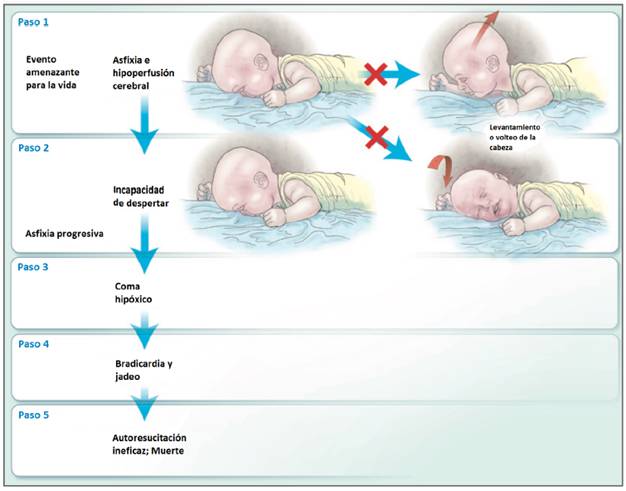
Types of seizures according to the nature of muscle involvement:
- tonic – sharp and prolonged (sometimes up to a minute) muscle contractions, in which the limbs or the whole body seem to “freeze” in a forced position. The body is tense, the back is arched;
- clonic – irregular fast muscle contractions. The person throws his head back, takes his hands back, blinks very quickly. At the same time, the eyes can rotate, and the jaws can make involuntary chewing movements;
- tonic-clonic, or mixed, – alternation of prolonged spasm and rapid contractions of skeletal muscles.
Tonic and clonic convulsions
Type of convulsions by group of muscles affected:
- flexor – flexor muscles involved;
- extensor – extensor muscles are involved.
Types of seizures by prevalence:
- partial (focal) – cover one muscle group;
- generalized – affect several muscle groups.

Types of convulsions according to the mechanism of development:
- epileptic;
- non-epileptic.
Physiological causes of seizures
Seizures are not always caused by any disease. Sometimes this condition occurs after excessive physical exertion, in women – during pregnancy.
Convulsions after exercise
In healthy people, seizures may occur after intense physical activity. As a rule, the spasm begins in the calf muscle, then spreads to the foot and thigh area.
Most often, seizures in athletes are caused by dehydration. Due to profuse sweating, a person loses a lot of moisture. The water balance in the body is disturbed, and first of all, the brain suffers from this – a person has a severe headache, dizziness, and convulsions.
As a rule, spasms after physical activity are not accompanied by pain and pass on their own – after restoration of water and electrolyte balance
Convulsions during pregnancy
During pregnancy, global changes occur in a woman’s body, which are often accompanied by unpleasant symptoms.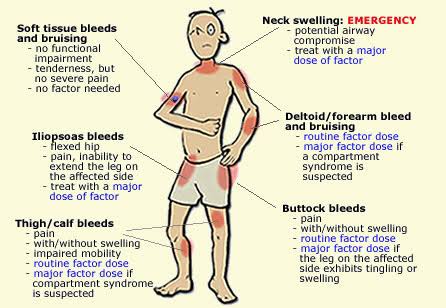
During the first trimester, a pregnant woman may experience mild cramps that resemble menstrual cramps. Typically, such muscle contractions are associated with the development of the embryo.
In the second and third trimester of pregnancy, convulsions may be associated with circulatory disorders in the pelvis. The uterus increases in size and begins to compress the inferior vena cava. Avoiding vein compression syndrome is very simple: do not lie on your back. In the vertical position, blood flow normalizes and the condition of the pregnant woman improves rapidly. Another common cause of seizures during pregnancy is a deficiency of trace elements and vitamins (including potassium, magnesium, calcium, and iron).
In general, convulsions during pregnancy should not be regarded as a physiological norm. Sometimes this can be one of the manifestations of eclampsia, a serious complication of pregnancy.
Febrile convulsions
Febrile seizures usually develop in children between the ages of 6 months and 5 years. With a sharp rise in temperature to 38-39 ° C, the need for oxygen in the brain increases. Oxygen starvation develops, a convulsive attack begins.
With a sharp rise in temperature to 38-39 ° C, the need for oxygen in the brain increases. Oxygen starvation develops, a convulsive attack begins.
The child may twitch (clonic convulsions) or freeze in a tense position (tonic convulsions). Fortunately, despite the severe clinical picture, febrile convulsions are usually not life-threatening or life-threatening.
Pathological causes of convulsions
Depending on the type of seizures – tonic, clonic or tonic-clonic – their causes differ.
Causes of tonic seizures
A characteristic symptom of tonic convulsions is a sudden tension in the muscles of the body. For the entire duration of the attack, the person seems to freeze in a forced position, while his teeth are strongly compressed, his torso and legs are extended, and his arms are bent.
Main causes of tonic seizures:
- epilepsy in children is a pathology in which excessive electrical activity occurs in the brain;
- infectious diseases: influenza, parainfluenza, rotavirus and adenovirus infection, tonsillitis, pneumonia, tetanus, rabies;
- fluid and electrolyte disorders: excess potassium or lack of calcium and magnesium in the body;
- endocrine diseases, including diabetes mellitus;
- hereditary metabolic pathologies: leucinosis (maple syrup disease), phenylketonuria, glycogenosis, Gaucher’s disease, Norman-Wood’s disease;
- cardiovascular pathologies, including acute hypotension – a decrease in blood pressure by more than 20% compared to normal indicators;
- renal and hepatic insufficiency;
- hyperventilation syndrome – a condition in which the blood is oversaturated with oxygen;
- alcohol intoxication;
- carbon monoxide poisoning, strychnine;
- drug overdose: neuroleptics, morphine;
- severe overheating or hypothermia.

Tonic convulsions may develop in a child during an epileptic seizure
Causes of clonic seizures
In clonic convulsions, muscle contraction and relaxation alternate. During an attack, the patient’s arms and legs are usually bent and the body extended. If the spasm affects the respiratory muscles, then the person cannot speak normally, begins to stutter.
Main causes of clonic seizures:
- epilepsy in adults;
- stroke;
- tumors of the spinal cord;
- childhood infections: measles, chickenpox;
- gray matter lesions of the brain: Creutzfeldt-Jakob disease, subacute sclerosing panencephalitis;
- Tay-Sachs disease;
- Down syndrome;
- tuberous sclerosis is a genetic disease that affects the central nervous system;
- poisoning with arsenic, formaldehyde.
Causes of tonic-clonic seizures
Tonic-clonic seizures usually involve three stages.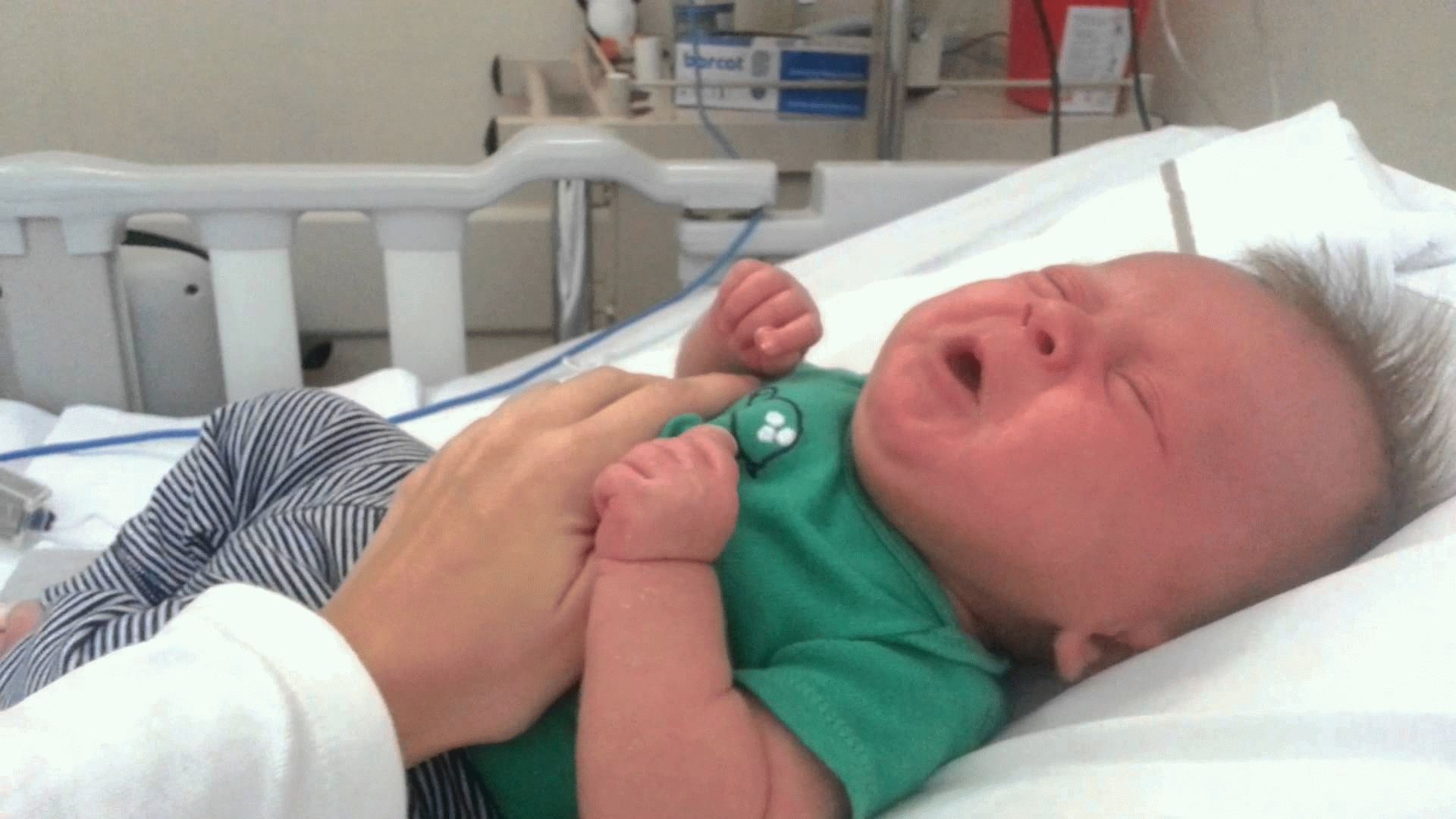 At the first stage, a person experiences strong muscle tension, while his pupils dilate, his eyes may roll back. In the second stage, involuntary convulsions occur. On the third, profuse salivation begins, foam may come from the mouth.
At the first stage, a person experiences strong muscle tension, while his pupils dilate, his eyes may roll back. In the second stage, involuntary convulsions occur. On the third, profuse salivation begins, foam may come from the mouth.
Main causes of tonic-clonic seizures:
- vascular pathologies: stroke (acute cerebrovascular accident), aneurysm (protrusion of the artery wall, arteriovenous malformation) – a condition in which pathologically tortuous vessels appear between arteries and veins instead of a network of capillaries;
- infectious diseases: poliomyelitis, cholera, meningitis, encephalitis;
- arterial hypertension – chronic high blood pressure;
- eclampsia is the most severe form of late toxicosis: a series of convulsions, first tonic, then clonic, which can develop in the second half of pregnancy, during and after childbirth;
- alcohol and nicotine intoxication;
- poisoning with lead, phosphorus, oxalic acid.

Arterial hypertension is one of the possible causes of tonic-clonic seizures
Symptoms that may accompany convulsions
Quite often convulsions are accompanied by other signs of pathology.
Main symptoms that may accompany convulsions:
- severe darkening of the eyes,
- blurred vision,
- confused mind,
- fuzzy speech,
- mimic change,
- tingling in hands and feet,
- blue skin,
- dizziness,
- nausea,
- head tilt,
- feeling of body numbness,
- increased salivation,
- tightly clenched teeth,
- Urinary and fecal incontinence,
- sudden fainting.
If any of these symptoms appear during a seizure, you should immediately consult a doctor.
The most dangerous form of convulsions, an epileptic seizure, is accompanied by nausea, dizziness, numbness of the body and an inexplicable feeling of fear
Diagnostics
If seizures are not occurring for the first time, a physician should be consulted. If the endocrine nature of seizures is suspected, he will refer the patient to an endocrinologist, and to a neurological one, respectively, to a neurologist. If the cause of seizures may be in vascular disorders, the therapist will recommend contacting a phlebologist.
If the endocrine nature of seizures is suspected, he will refer the patient to an endocrinologist, and to a neurological one, respectively, to a neurologist. If the cause of seizures may be in vascular disorders, the therapist will recommend contacting a phlebologist.
At the appointment, the specialist will collect an anamnesis – draw up a picture of the patient’s complaints, ask about lifestyle and bad habits, and also take an interest in the symptoms that are most disturbing and most often manifest. Then the doctor will conduct an examination and, if necessary, prescribe additional studies.
General and biochemical blood tests will help to assess the state of human health and identify infectious processes.
Complete blood count without leukocyte formula (venous blood)
210 ₽
Add to cart
Biochemistry 13 indicators
1 910 ₽
Add to cart
If you suspect a lack of calcium (hypocalcemia) or an excess of potassium (hyperkalemia) in the body, the doctor may prescribe targeted studies.
Potassium (blood)
1,020 ₽
Add to cart
Calcium (blood)
1,020 ₽
Add to cart
Comprehensive studies help to exclude or confirm diabetes mellitus – one of the possible causes of seizures.
Pre-diabetes and diabetes (screening)
620 ₽
Add to cart
Diagnostics of diabetes mellitus
1 050 ₽
Add to cart
Ultrasound – Ultrasound
If you suspect a pathology of the internal organs that could cause convulsions, the doctor may refer the patient to an ultrasound of the abdominal organs, kidneys, and thyroid gland.
Ultrasound is a simple, informative and painless method of examination
During the examination, the specialist uses a special device that sends an ultrasound signal to the organ being examined. The signal is reflected and picked up by the sensor. Then the computer processes the received information and displays an image on the monitor – a cross section of the organ.
Ultrasound duplex scanning
Ultrasound is a study that allows you to assess the condition of the vessels of the neck and other parts of the body, as well as detect circulatory disorders.
Thanks to duplex ultrasound, it is possible to diagnose atherosclerosis and thrombosis, as well as other vascular pathologies that can provoke seizures.
During the procedure, the specialist scans the vessels using an ultrasonic sensor. The device reacts to erythrocytes (red blood cells) moving in the blood and sends signals to the monitor, which are then converted into a two-dimensional color image of blood vessels in a section.
The procedure is painless and lasts from 15–20 (if examining neck vessels) to 30 minutes (if examining cerebral vessels).
MRI – magnetic resonance imaging
Magnetic resonance imaging (MRI) can detect congenital developmental pathologies, head injuries, neoplasms and epileptic disorders that can cause seizures in humans.
The main advantage of MRI is the absence of radiation, since a harmless magnetic field is used for “transmission”. The examination can be carried out an unlimited number of times, which is convenient for assessing the development of the disease and the effectiveness of treatment.
MRI examination of the brain usually lasts 15-20 minutes
CT – computed tomography
Computed tomography (CT) is an “advanced” version of X-ray that takes pictures in layers. The result is not a flat image, but a real three-dimensional model of the organ under study. At the same time, during CT, the patient receives a lower dose of radiation.
CT scan reveals tuberous sclerosis, one of the causes of seizures. In addition, the study well visualizes brain tumors, injuries and anomalies in the structure of the skull bones.
Computed optical tomography of the spine
For seizures of unclear nature, the doctor may order the patient a computed optical tomography of the spine. This study allows you to determine the shapes, sizes and positions of the body bends from a series of photographic images.
This study allows you to determine the shapes, sizes and positions of the body bends from a series of photographic images.
The procedure is absolutely painless and takes only 7-10 minutes. As a result, the patient receives a 3D image of the spine at rest and in motion, the conclusion and recommendations of a traumatologist or orthopedist.
Treatment
Regardless of the cause, convulsions are considered an acute condition requiring medical attention.
Before visiting a doctor, local cramps can be relieved with the help of self-massage, pinching and muscle stretching. If the patient develops a seizure, you should immediately call an ambulance. Before the ambulance arrives, it is necessary to put a pillow or roller under the person’s head, clean the mouth from foam and mucus, and provide fresh air.
If a patient has a seizure, you should not try to open his teeth with fingers, a spoon or other objects.
Which doctor to contact
General practitioners, endocrinologists, neurologists, surgeons or phlebologists deal with the diagnosis and treatment of convulsive syndrome.
Medical therapy
Depending on the cause that caused the convulsions, the following groups of drugs can be used for treatment:
- anticonvulsants. Such drugs reduce brain activity, thereby preventing the development of an epileptic seizure;
- electrolytes – help relieve muscle spasm and reduce the level of potassium in the blood;
- antihypertensive drugs – normalize blood pressure;
- diuretics – allow you to eliminate cerebral edema;
- antidotes – allow you to cope with intoxication, chemical poisoning;
- antibiotics and antivirals – treat bacterial and viral infections.
Surgical treatment
If medical therapy fails, surgery may be required.
The main types of operations used to treat convulsive syndrome:
- resection (removal) of part of the temporal lobe;
- hemispherectomy – removal or disconnection of a cerebral hemisphere;
- subpial transsection – excision of the epileptic focus in the area where it borders on healthy brain tissues;
- callosotomy – dissection of the corpus callosum, which transmits nerve impulses from one hemisphere to another;
- thrombectomy – removal of a blood clot from a vessel;
- angioplasty with stenting – surgical restoration of blood flow.

Prophylaxis
In most cases, one-time seizures can be prevented by self-massage and stretching. And you can avoid their repetition by observing the regime of work and rest, eating rationally and giving up smoking and alcoholic beverages.
Basic measures to prevent seizures:
- moderate physical activity. Exercises are best performed under the supervision of a medical specialist or trainer;
- active lifestyle: hiking, cycling, yoga, fitness;
- lifestyle changes. If the work is sedentary, then several times a day it is useful to do a warm-up or light exercises;
- salt restriction, obligatory presence in the diet of vegetables, meat, cereals, dairy products;
- normalization of the drinking regime. It is important to drink as much fluid as the body requires;
- creating a comfortable place to sleep. It is advisable to use an orthopedic mattress with small pillows;
- kneading muscles before going to bed.

Sources
- Hypoparathyroidism in adults: clinical guidelines / Russian Association of Endocrinologists, Association of Endocrine Surgeons, Russian Society of Specialists in Head and Neck Tumors. 2021.
- Clinical guidelines for the provision of emergency medical care for convulsive syndrome, status epilepticus / Russian Society for Emergency Medicine (ROSMP). 2017.
- Federal clinical guidelines for the diagnosis and treatment of mental disorders in epilepsy / Russian Society of Psychiatrists. 2013.
- Federal clinical guidelines for the provision of emergency medical care for convulsions in children / Union of Pediatricians of Russia, Russian Society for Emergency Medicine, Ministry of Health of the Russian Federation. 2015.
Managing Leg Cramps During Pregnancy: Effective Ways
Contents
- 1 Leg Cramps During Pregnancy: 7 Easy Ways To Deal With Them
- 1.1 Why do pregnant women often suffer from leg cramps?
- 1.
 2 What factors can cause leg cramps during pregnancy?
2 What factors can cause leg cramps during pregnancy? - 1.3 When are leg cramps a sign of a serious illness?
- 1.4 Vitamins and minerals to prevent leg cramps during pregnancy
- 1.5 What physical activity helps prevent leg cramps during pregnancy?
- 1.6 Which sleeping position helps prevent leg cramps during pregnancy?
- 1.7 What foods can help prevent leg cramps during pregnancy?
- 1.8 How can foot massage help pregnant women get rid of leg cramps?
- 1.9 Unusual solutions for leg cramps during pregnancy
- 1.10 When should I see a doctor for leg cramps during pregnancy?
- 1.11 Importance of drinking regimen to prevent leg cramps during pregnancy
- 1.12 Related videos:
- 1.13 Q&A:
- 1.13.0.1 What are leg cramps during pregnancy?
- 1.13.0.2 How often should I expect leg cramps during pregnancy?
- 1.13.0.3 What factors commonly cause leg cramps during pregnancy?
- 1.
 13.0.4
13.0.4 - 1.13.0.5 Can leg cramps during pregnancy affect the baby?
- 1.13.0.6 Can leg cramps during pregnancy affect the mother’s health?
Learn how to get rid of painful leg cramps during pregnancy. The best ways to fix the problem, folk remedies and exercises to strengthen muscles and relieve pain. Expert advice and guidance to make your pregnancy comfortable and pain-free.
Pregnancy is a period in a woman’s life when her body undergoes major changes. Women often experience various problems during pregnancy, including leg cramps. Cramps can be quite painful and interfere with normal sleep.
In this article, we will look at the causes of leg cramps during pregnancy and offer several effective ways to eliminate this unpleasant symptom. If you’re pregnant and suffering from leg cramps, don’t despair – there are plenty of options for dealing with this problem.
We have prepared a list of ways to reduce the risk of seizures and reduce their frequency and intensity.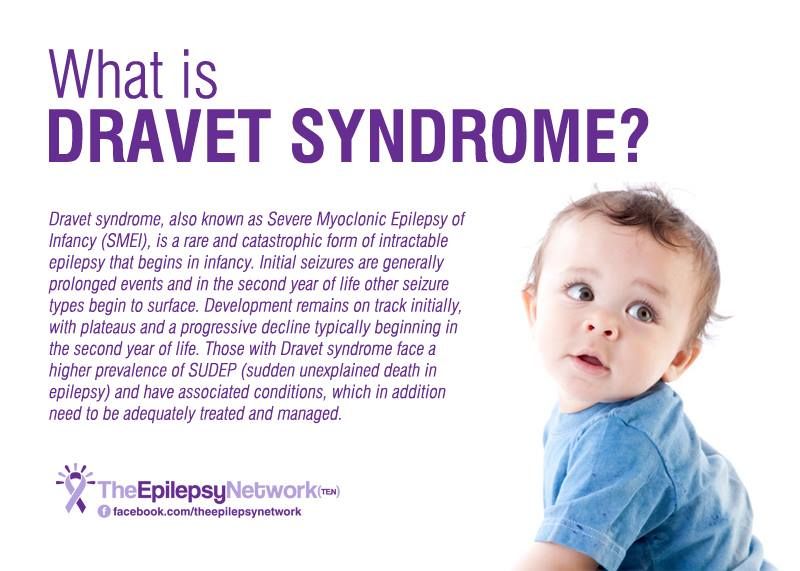 From simple and easy exercises to the use of various medicines. Let’s consider each of them in more detail.
From simple and easy exercises to the use of various medicines. Let’s consider each of them in more detail.
Why do pregnant women often suffer from leg cramps?
Leg cramps common during pregnancy. This is a sensation when the muscles of the legs contract sharply and cause a strong pain reaction. During pregnancy, these cramps become especially unpleasant due to the additional load on the woman’s legs.
Leg cramps during pregnancy can be caused by several factors. First of all, this is due to changes in the body of a woman. During pregnancy, women’s iron and calcium levels can drop, causing leg cramps. Changes in blood flow, pressure on nerve endings, and muscle fatigue are also common causes.
Some tips to prevent leg cramps :
- Exercise regularly during the day; this will help to avoid leg cramps at night.
- Drink at least 8 glasses of water throughout the day.
- For cramps, massage the muscles or apply heat to the cramp.

- Avoid using pillows that are too high, which can put pressure on nerve endings and cause convulsions.
- If possible, please keep your feet in the evening.
What factors can cause leg cramps during pregnancy?
During pregnancy, a woman’s body undergoes a lot of changes, and this can lead to various unpleasant symptoms, including leg cramps. This painful symptom causes a sensation of strong muscle contraction and often occurs at night, which can disturb the sleep of a pregnant woman.
Pregnancy can also lead to changes in blood circulation, which can impair circulation in the legs. This can be another factor influencing the occurrence of leg cramps.
Another important factor that can contribute to leg cramps during pregnancy is physical exertion and activity. This is especially true for women who lead a passive lifestyle or have a high workload.
Examples of causes of leg cramps during pregnancy
| Decreased levels of calcium and magnesium in the body |
| Changes in blood circulation |
| Low level of physical activity |
When are leg cramps a sign of a serious illness?
If leg cramps occur only during pregnancy and are not accompanied by other symptoms, then this is most likely a common occurrence during this period.
Also, if leg cramps occur in only one area that seems more tired and painful, it may be a sign of an injury or other health problem.
In any case, if you find any unusual symptoms along with leg cramps, it is best to seek medical advice to diagnose and treat the problem.
Vitamins and minerals to prevent leg cramps during pregnancy
When a woman is pregnant, the body uses vitamins and minerals to keep the growing baby healthy. However, there are not always enough nutrients to prevent deficiency, especially when it comes to calcium and magnesium. These minerals are necessary for the proper functioning of the muscles and nervous system, and their deficiency can lead to leg cramps.
Who needs vitamins and minerals? Of course, every expectant mother needs these nutrients, but those who have low levels of the hormone parathyroid hormone (parathyroid hormone) are most susceptible to deficiency. Also, dehydration, older age, and having diabetes can increase the risk of leg cramps.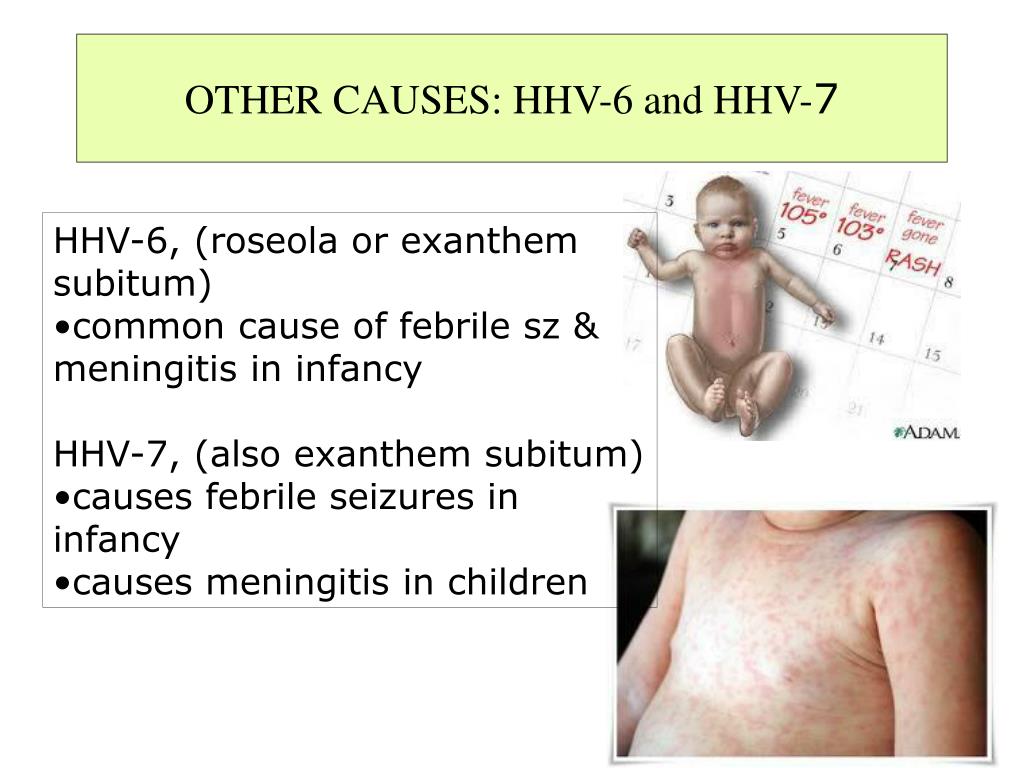
What vitamins and minerals do you need? Calcium, magnesium and vitamin D are the three key elements. Calcium helps build and strengthen bones in both mom and baby. Magnesium promotes muscle relaxation, and vitamin D helps calcium be better absorbed in the intestines. In addition, vitamin B6 can also help, as a lack of this vitamin can lead to cramps.
How do I get the right amount of nutrients? The best way is a proper diet rich in minerals and vitamins. Dairy products, soy milk, nuts, green vegetables are sources of calcium. Magnesium can be obtained from nuts, green vegetables, rolled oats, bananas or oatmeal. Vitamin B6 can be found in beans, potatoes, bananas and nuts. In case of deficiency, the doctor may recommend taking additional vitamin-mineral complexes.
Sources of Calcium, Magnesium and Vitamin B6 Sources of Calcium Sources of Magnesium Sources of Vitamin B6
| Dairy products | Nuts | Beans |
| Soy milk | Green vegetables | Bananas 905 04 |
| Nuts | Hercules | Potatoes |
| Green vegetables | Oatmeal | Nuts |
What physical activity helps prevent leg cramps during pregnancy?
To prevent leg cramps during pregnancy, regular exercise is recommended to help strengthen leg muscles. This can be, for example, outdoor walking, swimming, pregnancy yoga, simple stretching and muscle strengthening exercises.
This can be, for example, outdoor walking, swimming, pregnancy yoga, simple stretching and muscle strengthening exercises.
Also, it helps to avoid leg cramps by regularly stretching the legs before going to bed and sleeping in the pose on the left side during the day. It is important to monitor nutrition, drink enough fluids and avoid smoking, alcohol and other bad habits.
Finally, it is important to remember that leg cramps can occur for various reasons, including a lack of calcium, magnesium or other vitamins in the body. In case of recurring convulsions, it is recommended to consult a doctor and possibly undergo additional examinations.
Which sleeping position helps prevent leg cramps during pregnancy?
Leg cramps are a problem experienced by many pregnant women. However, there are effective ways to prevent them, and one of them is the way to sleep.
While there is no definitive answer to the question of what is the best sleeping position to help prevent leg cramps during pregnancy.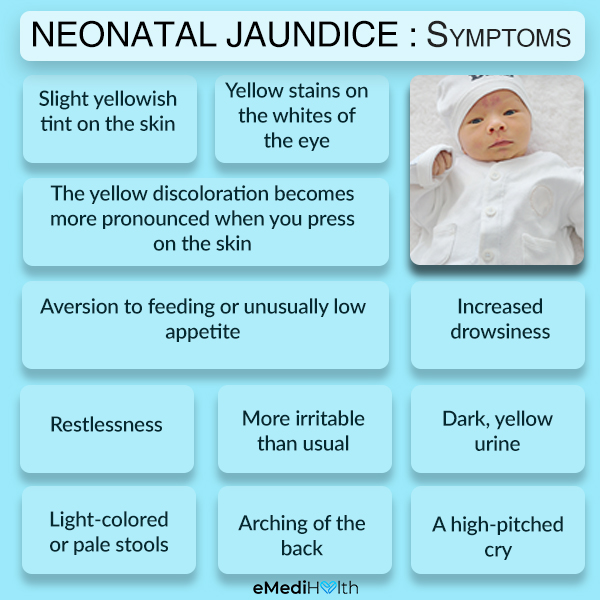 However, there are a few tips to keep in mind:
However, there are a few tips to keep in mind:
- Sleeping on your side is not only the recommended position for pregnant women, but it can also help prevent leg cramps. Try placing one foot on a pillow to relieve tension in your legs.
- Avoid sleeping on your back, especially after the 20th week of pregnancy. This posture can compress a large vessel that supplies blood to the legs, which can lead to cramps.
- Use a pregnancy pillow or a small rolled pillow to support your legs and improve circulation.
- You can try sleeping with a light blanket over your chest so that your body is slightly tilted. It can also help prevent leg cramps.
While there is no definitive answer to the question of what is the best sleeping position to prevent leg cramps, there are a few tips that will help you reduce the likelihood of them. Good night and sleep tight!
What foods can help prevent leg cramps during pregnancy?
Pregnancy is a period when a woman must pay special attention to her diet. Leg cramps inevitably occur due to a reduced amount of calcium and magnesium in the body. The following foods may help prevent cramps:
Leg cramps inevitably occur due to a reduced amount of calcium and magnesium in the body. The following foods may help prevent cramps:
- Dairy products: Milk, yogurt and cheese are rich in calcium, an essential element for healthy bones and muscles.
- Fruits and vegetables: Fruits and vegetables are sources of vitamins and minerals, including potassium and magnesium, which help reduce the chance of seizures.
- Nuts and seeds: Nuts and seeds contain magnesium, which is important for healthy bones and muscles, as well as rich in fatty acids and vitamins.
- Fish and seafood: Fish and seafood contain calcium, magnesium and fatty acids which are essential for fetal development and maternal health.
But remember that you should always consult your doctor before making any changes to your diet.
How can foot massage help pregnant women get rid of leg cramps?
Leg cramps during pregnancy are quite common.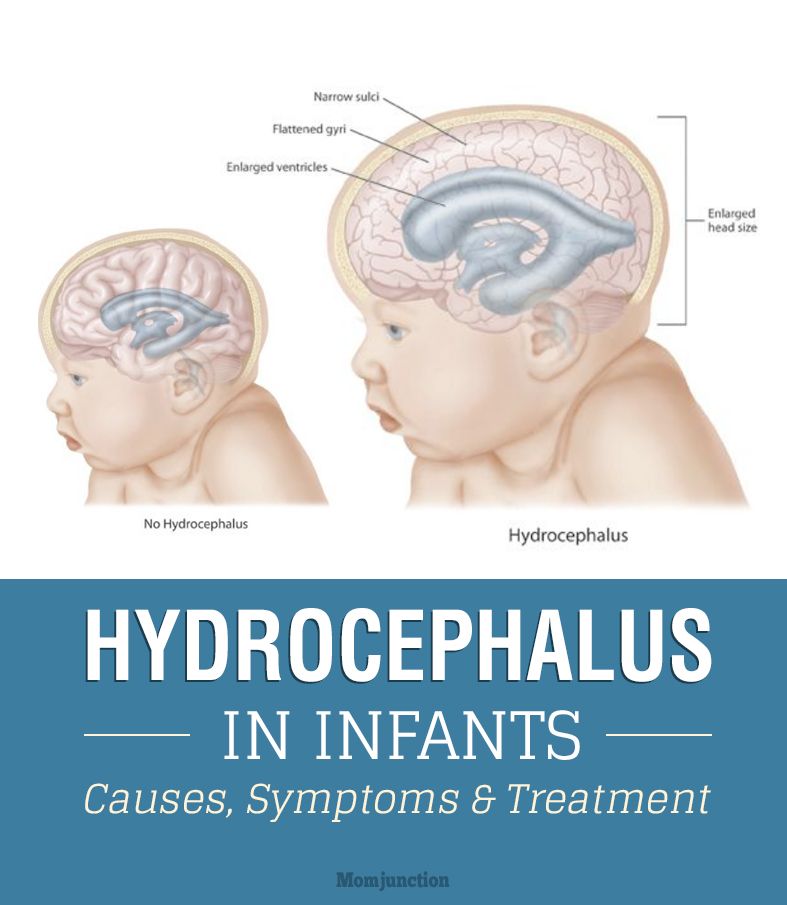 However, it can bring women inconvenience and pain. Foot massage can help reduce the frequency and intensity of cramps, as well as reduce pain.
However, it can bring women inconvenience and pain. Foot massage can help reduce the frequency and intensity of cramps, as well as reduce pain.
During pregnancy, blood vessels can constrict, resulting in reduced blood flow to the legs. This, in turn, can cause seizures. Foot massage helps improve blood circulation and relax the leg muscles.
To properly massage, use a massage oil or cream and start massaging the feet and ankles. Don’t forget your toes and heels. Foot massage should be carried out in slow circular motions and without applying significant pressure.
However, before starting a massage, it is necessary to consult a doctor, make sure that there are no contraindications and use the correct massage technique. This method can be used in conjunction with other guidelines such as stretching, leg exercises, and proper nutrition.
Unusual ways to solve the problem of leg cramps during pregnancy
1. Wide shoes. You must avoid shoes with high heels, otherwise they may put extra pressure on your feet. It is better to choose wide and comfortable ballet flats or sneakers.
It is better to choose wide and comfortable ballet flats or sneakers.
2. Warming ointments. You can buy ointments at the pharmacy to help increase blood flow in your legs. Rub your feet before going to bed and leave the ointment overnight. You can also use regular baby cream, which will moisturize and soften your skin, preventing cramps.
3. Regular exercise. Don’t forget to do light leg exercises – twist your feet, move your toes and straighten your knees. This will help improve blood flow, reduce tension, and reduce the risk of seizures.
4. Bathing. Take a warm bath before bed. This will help relax your leg muscles and reduce tension, which can reduce the chance of cramps.
5. Magnesium. Ask your doctor to recommend adding magnesium to your diet. This mineral will help reduce cramps, but remember to consult your doctor before using any supplement.
When should I see a doctor for leg cramps during pregnancy?
The occurrence of leg cramps during pregnancy is not uncommon. However, if they start to appear too often and too strong, you need to see a doctor.
However, if they start to appear too often and too strong, you need to see a doctor.
In the event that convulsions are accompanied by the following symptoms, you should not postpone a visit to the doctor:
- pain;
- swelling or redness at the site of the cramp;
- loss of coordination;
- prolonged sleep disturbance due to seizures.
You should also seek medical attention immediately if convulsions cause difficulty in breathing or if contractions and discharge occur.
Your doctor may prescribe medications, vitamins, or lifestyle advice to help with seizures. In some cases, examination and consultation of other specialists may be required.
Importance of drinking regimen to prevent leg cramps during pregnancy
Pregnancy is a special time in a woman’s life when she needs to take extra care of her health. Often, pregnant women suffer from leg cramps, especially at night when they interfere with sleep. To prevent the development of seizures, you need to pay special attention to the drinking regimen.
During pregnancy, a woman needs to drink enough fluids to avoid dehydration. A lack of fluid can lead to a decrease in blood volume and a decrease in the efficiency of its circulation, which can lead to seizures.
Experts recommend drinking at least eight glasses of water a day to maintain normal fluid levels in the body. Pregnant women can also drink juices, teas, milk, and light drinks such as mineral water.
It is important to remember that excess fluid can also be harmful to health. Before increasing the amount of fluid consumed, it is necessary to consult a doctor and get recommendations regarding the individual fluid intake.
Related videos:
Q&A:
What are leg cramps during pregnancy?
Leg cramps during pregnancy are unexplained muscle contractions in the legs that may feel like sharp pain or discomfort. They can occur during both sleep and wakefulness and are often associated with periods of rest or inactivity. Although the cause of leg cramps during pregnancy is not well understood, they usually do not pose a health risk to the mother and her baby.
They can occur during both sleep and wakefulness and are often associated with periods of rest or inactivity. Although the cause of leg cramps during pregnancy is not well understood, they usually do not pose a health risk to the mother and her baby.
How often should I expect leg cramps during pregnancy?
The frequency of leg cramps can vary greatly between women, but on average, they occur in about half of pregnant women. In addition, leg cramps during pregnancy are common in the second and third trimesters, especially towards the end of pregnancy.
What factors commonly cause leg cramps during pregnancy?
Leg cramps during pregnancy can be caused by a number of factors, including lack of calcium or magnesium in the body, fatigue, stress, changes in hormone levels, changes in blood circulation, and even certain medications. It should be noted that the cause of seizures can be ambiguous and not always clear.
Can leg cramps during pregnancy affect the baby?
Leg cramps during pregnancy usually do not affect the baby’s health and are not their original problem.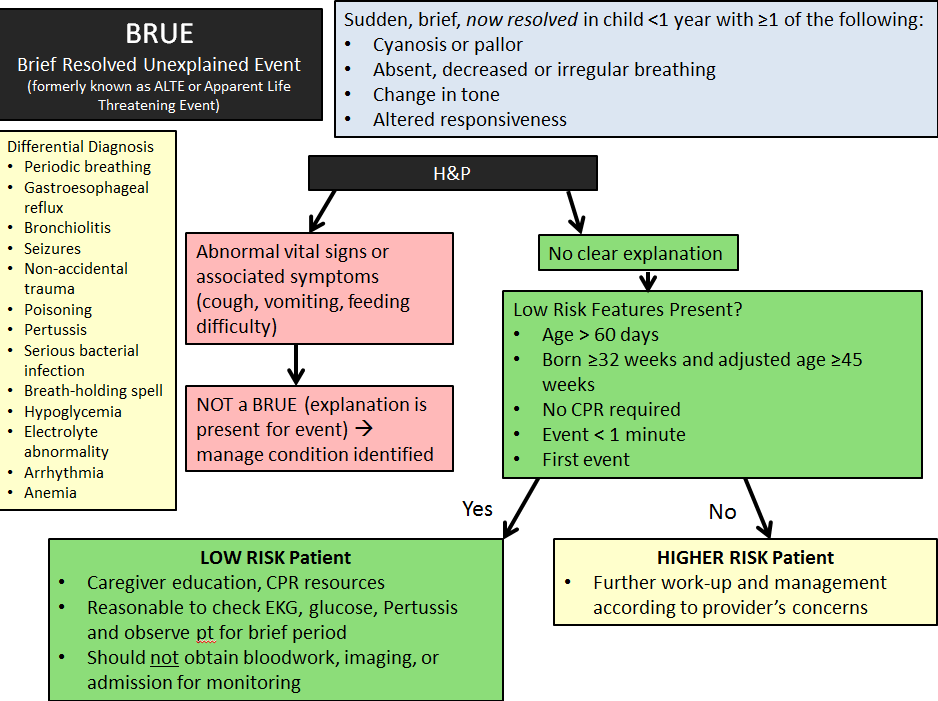




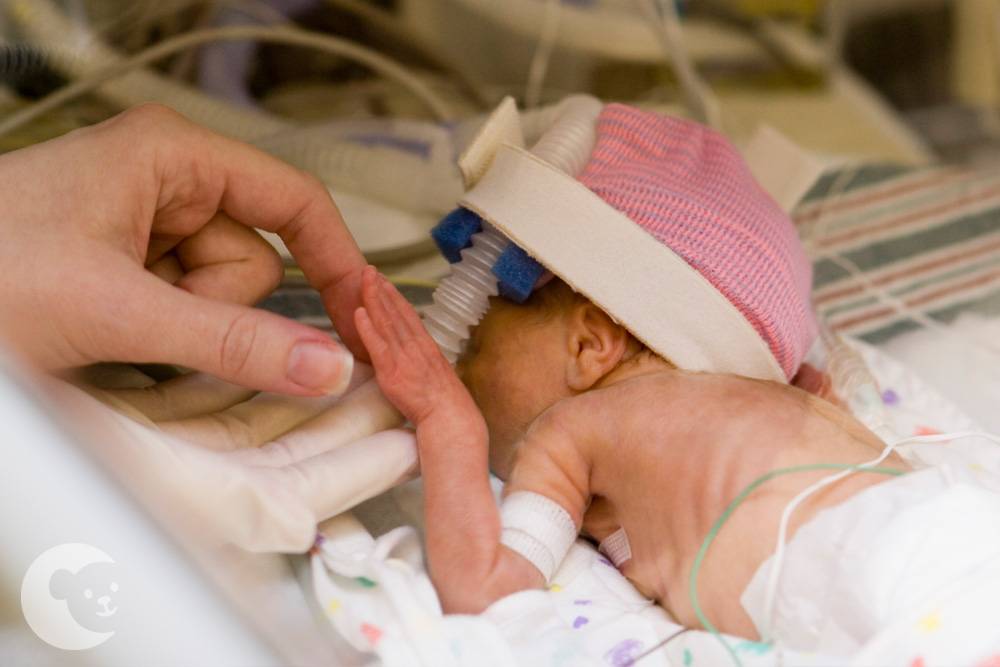
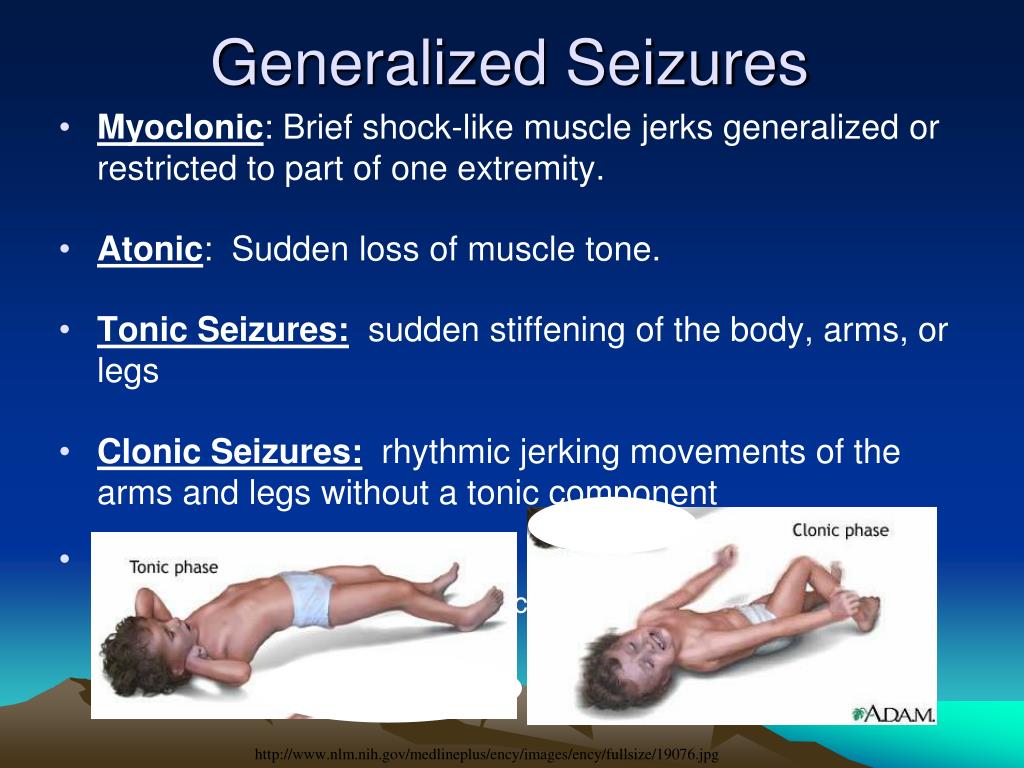

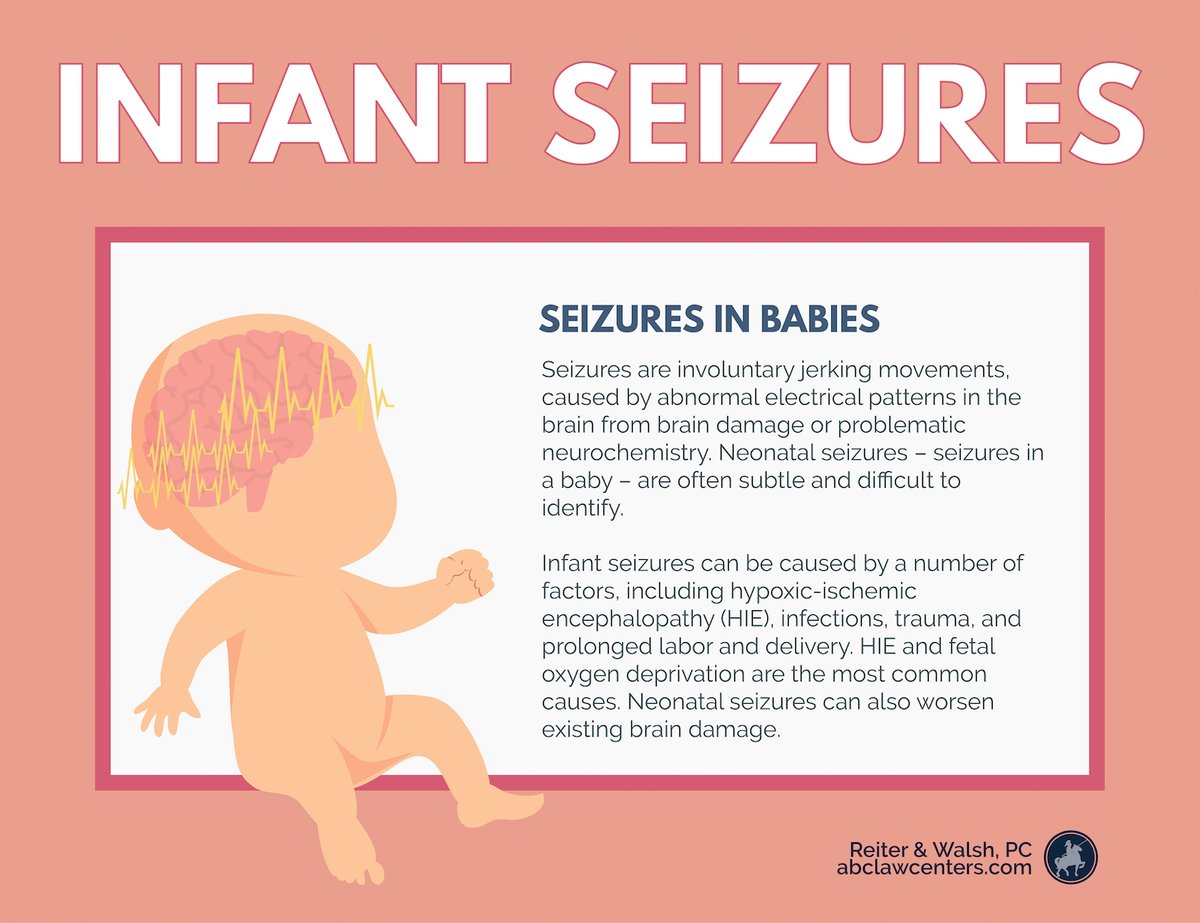 2 What factors can cause leg cramps during pregnancy?
2 What factors can cause leg cramps during pregnancy? 13.0.4
13.0.4